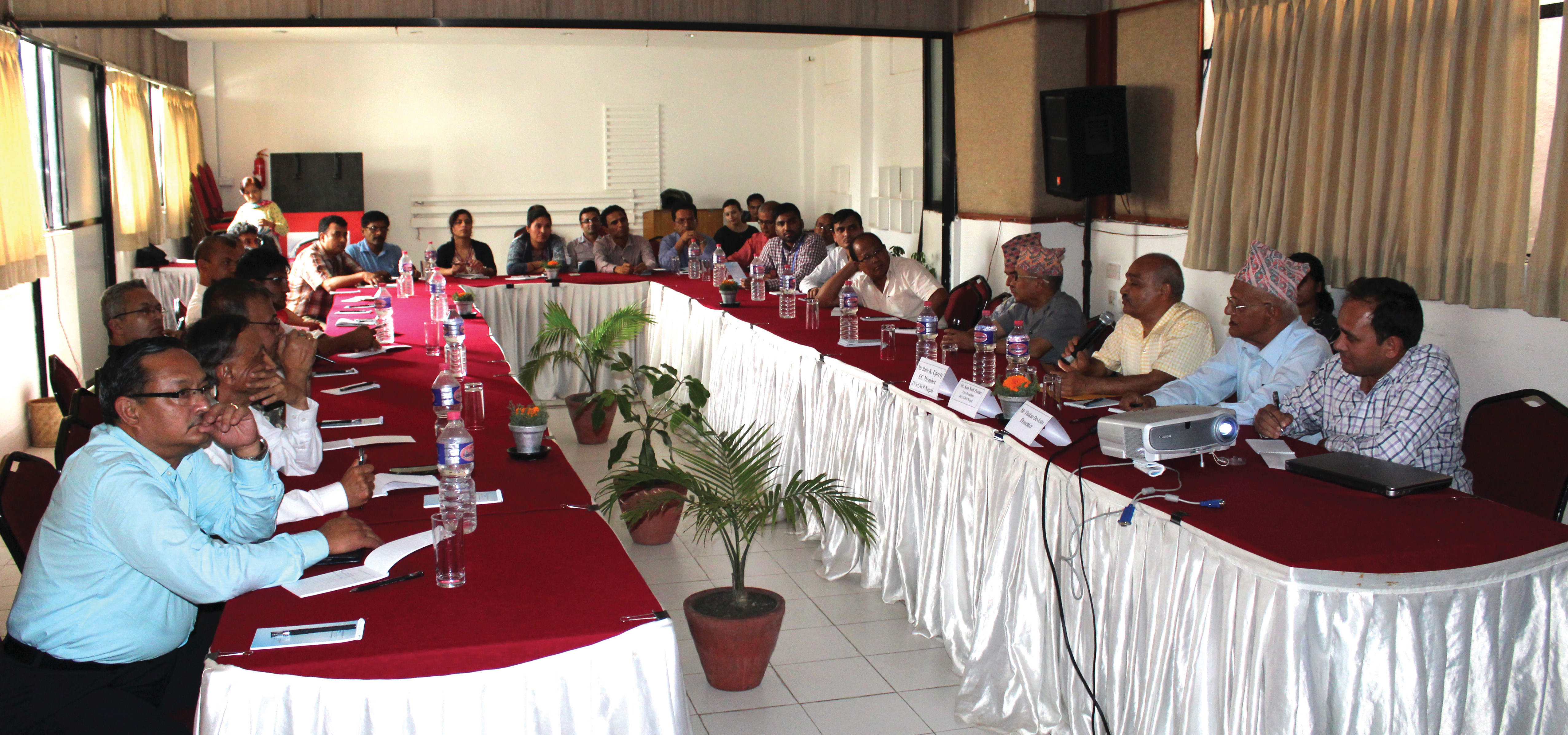Nepal, a country of mountains, is especially vulnerable to climate change. More forest fires lead to flash floods and landslides, melting glaciers create overflowing lakes, and delayed monsoon and winter rains make food production unpredictable. Recognising these changes, Nepal has been working towards climate change resilience through national adaptation planning, beginning with developing a National Adaptation Programme of Action in 2010. And, because it is a country of many remote rural villages, the country was among the first to include local participation in climate-aware planning by adopting Local Adaptation Plans of Action (LAPAs), a local planning process to address the impacts of the most pressing climate change challenges relevant to communities.
Local needs and action
LAPAs aim to translate broad national adaptation policies into meaningful action and monitoring plans at village and community-levels by capturing local needs and directing resources to the most vulnerable people and areas. Between 2010 and 2016, British and European aid supported development of LAPAs that were designed to assess site-specific climate vulnerabilities, identify and prioritise adaptation options, and implement urgent and immediate adaptation actions with participation of local communities.
In 93 Village Development Committees and seven municipalities in the 14 most climate vulnerable districts of mid- and far west Nepal, the LAPAs targeted issues relevant to specific communities and areas, from watershed protection to construction of irrigation canals and water-driven grinding mills. Created under separate projects and programmes, they took shape depending on local conditions and community involvement.
Water focused LAPA
Nepal’s National Adaptation Programme of Action had included water and energy as one of the seven important areas of impact, but implementation of the LAPAs provided an opportunity to investigate how often, and how, water issues had been included in the work in the country’s regions at most risk from climate change. This was a window of opportunity for GWP South Asia and GWP Nepal, with local partner Jalsrot Vikas Sanstha, to prepare a water-focused LAPA for Lamatar Village Development Committee. The programme assessed water resource conservation related adaptation actions in close to 100 existing LAPAs to locate ‘entry points’ to integrate adaptation activities into local planning processes.
Former Joint-Secretary and Head of Nepal’s Climate Change Management Division, Batu Uprety explains, “We learned that local people had aspirations related to their development needs, but there was a lack of real climate information. People were already responding to climate changes in their own way But LAPAs were instrumental in building adaptive and resilience capacities of the local climate vulnerable communities in a planned way.”
Transforming governance
The findings of the study were useful. More than 50 percent of the LAPAs studied addressed water issues and included proposed budgets of up to 50 percent for planned activities that would tackle these. Many of these focused on infrastructure development: dams, irrigation and drinking water supply systems, and micro hydro. In response, the study recommended establishing a core technical unit at local levels for timely support in planning, budget management, and implementation. The Ward Citizen Forum body was identified as an appropriate entry point for LAPA activities.
Other GWP recommendations that complemented infrastructure work, such as promoting forest conservation, planting of water retaining species, and water conservation practices rounded out learning from the study. Nepal’s Ministry of Environment, the climate change national focal point, and Water and Energy Commission Secretariat put the study’s findings to use in formulating and implementing climate adaptation activities. Then Jalsrot Vikas Sanstha/GWP Nepal continued to support Nepal’s drive towards climate change resilience through participation in the working group on water and energy for Nepal’s preparation of its National Adaptation Plan (NAP). This included preparation of two separate stocktaking reports for the water resources and agriculture sector as inputs for the NAP formulation process.
Learning from implementation of the 2011 Climate Change Policy, and reflecting a change in political context, in 2019 the Government of Nepal issued a revised policy that aims to enhance adaptation and build resilience, and specifies functional implementation roles at the federal, provincial, and local levels. Similarly, the government issued a LAPA Framework in early 2020 based on previous lessons and approved a new Environment Protection Act that provides provisions to formulate and implement adaptation planning to reduce the adverse effects and risks of climate change. Shared learning has transformed Nepalese governance processes to better cope with the changes of a warming world and large-scale shifts in weather, with water as the common thread that pulls community and national planning together.

